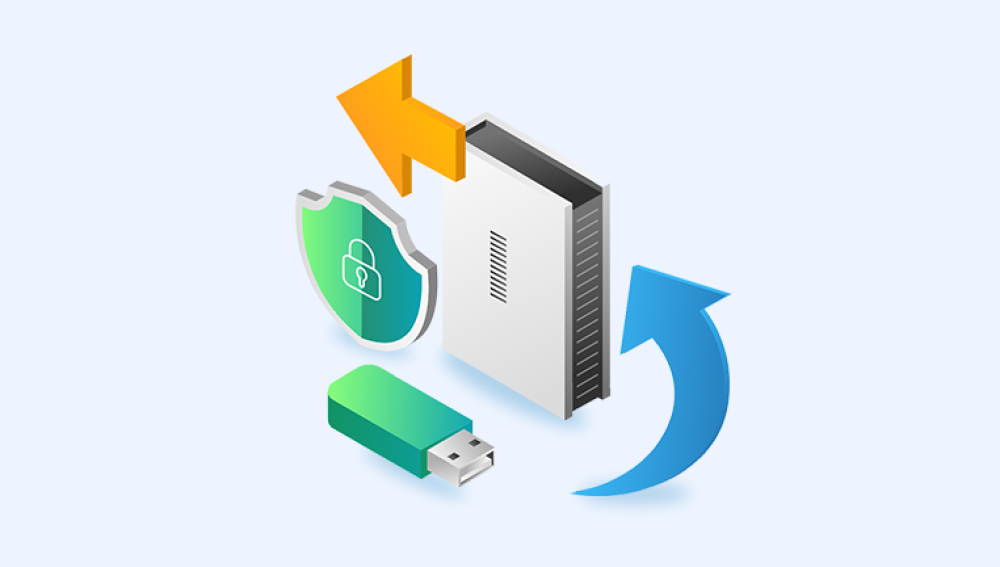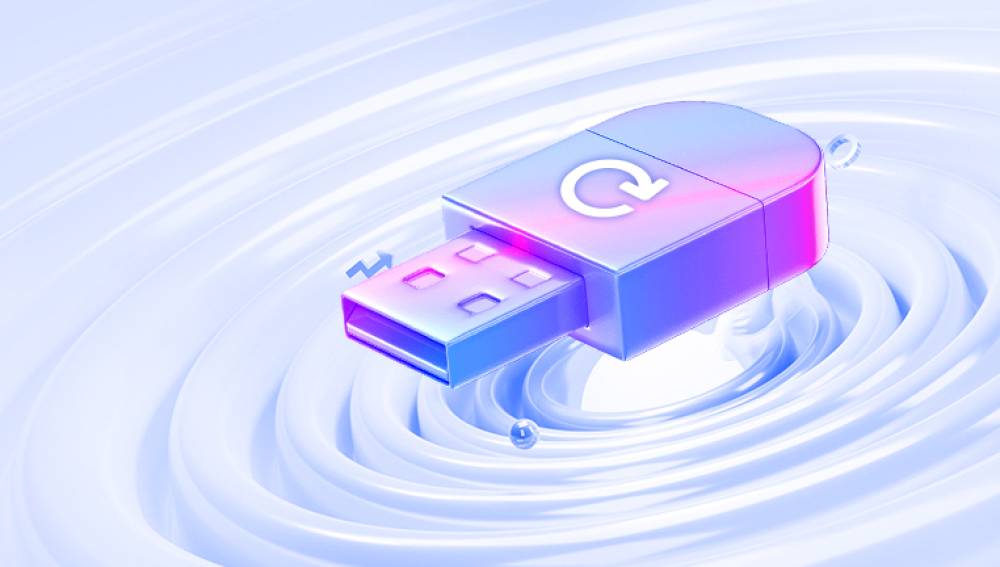Creating a USB DOS boot disk is a task that allows you to boot into a minimal DOS (Disk Operating System) environment using a USB flash drive. This is useful for running old software, updating BIOS, or performing low-level disk utilities on computers.
1. DOS Boot Disk
A DOS boot disk is a removable disk that contains a minimal DOS environment, enabling you to boot into DOS instead of an operating system like Windows or Linux. The primary purpose of DOS boot disks is to troubleshoot systems or to run specific utilities that only function in DOS. Since modern computers no longer have floppy drives, using a USB flash drive as a DOS boot disk has become a practical solution.
2. Prerequisites for Creating a USB DOS Boot Disk
Before starting, you need a few essential tools and resources:
USB Flash Drive: A USB flash drive of at least 512MB is recommended.
Rufus: A free utility that allows you to create bootable USB drives.
MS-DOS or FreeDOS Files: The DOS operating system files needed for the boot disk.
BIOS Access: In some cases, you may need to change BIOS settings to boot from the USB drive.

3. Steps to Create a USB DOS Boot Disk
Here’s a step-by-step guide to creating a USB DOS boot disk using Rufus, one of the most popular and reliable tools for this task:
Step 1: Download and Install Rufus
The first step is to download and install the Rufus software. Rufus is a small utility that formats USB flash drives and creates bootable USB media.
Download Rufus: Go to the Rufus official website at rufus.ie.
Installation: Rufus is a portable application, which means it doesn’t need installation. Simply download the .exe file and double-click to run it.
Step 2: Insert the USB Flash Drive
Once you have Rufus open, insert the USB flash drive into your computer. Make sure that the USB drive does not contain any important data, as it will be formatted during this process.
Select the USB Drive: In Rufus, under "Device," select the USB flash drive that you want to use for the DOS boot disk. Be cautious to select the correct drive, as this process will erase all data on the selected USB.
Step 3: Select the Bootable Disk Type
Next, you need to choose the type of DOS that you want to install on the USB flash drive. Rufus offers two options:
FreeDOS: This is an open-source version of DOS. It is compatible with most DOS applications and is often preferred for bootable USB drives.
MS-DOS: The original Microsoft version of DOS. However, due to licensing restrictions, Rufus may not include this option by default, but if you have the MS-DOS files, you can manually add them.
Step 4: Set Up the Bootable Drive
Configure the following settings in Rufus:
Boot Selection: Choose "FreeDOS" or "MS-DOS" from the dropdown menu under "Boot selection."
Partition Scheme: Select the appropriate partition scheme based on your system:
MBR (Master Boot Record): For older systems with BIOS firmware.
GPT (GUID Partition Table): For newer systems with UEFI firmware.
File System: Select FAT32. DOS environments require FAT32 since they do not support NTFS or other modern file systems.
Step 5: Start the Formatting Process
Once all the settings are configured:
Click Start: Rufus will warn you that all data on the USB drive will be erased. Confirm by clicking "OK."
Rufus will now format the USB flash drive, copy the DOS system files, and make it bootable. The process typically takes a few minutes.
Step 6: Booting from the USB DOS Boot Disk
After Rufus completes the process, your USB flash drive is now a bootable DOS disk. To boot into DOS, follow these steps:
Restart Your Computer: With the USB flash drive plugged in, restart your computer.
Access the BIOS/UEFI: Press a specific key (usually F2. F12. Esc, or Del) during the boot process to access your system's BIOS or UEFI settings.
Change Boot Order: In BIOS/UEFI, change the boot order to prioritize the USB drive as the first boot device.
Save and Exit: Save the changes and exit BIOS/UEFI. Your computer should now boot into DOS from the USB flash drive.
4. Testing and Verifying the DOS Boot Disk
Once you’ve successfully booted into DOS, you can verify that the USB drive is working by running a few basic DOS commands:
dir: Lists all files and directories on the drive.
cls: Clears the screen.
chkdsk: Runs a disk check on the file system.
You can also use the DOS boot disk to run specific programs or utilities that require a DOS environment.
5. Additional Tools and Features in DOS Boot Disk
A DOS boot disk can be customized further by adding useful tools and utilities. Below are a few utilities you can include on your USB DOS boot disk to make it even more functional:
BIOS Update Utilities: Many manufacturers provide BIOS update tools that require a DOS environment. Copy the update files to the USB drive and run them from DOS.
Hard Disk Tools: Tools like fdisk, format, and chkdsk can be added to the DOS boot disk for low-level disk maintenance.
Network Utilities: Although DOS is an old system, some network utilities (like those used in FreeDOS) can be added to the USB drive if necessary.
6. Advanced Options
If you’re looking for more advanced options, such as creating a multi-boot USB (one that can boot into various operating systems, including DOS), or integrating more complex drivers and utilities, you can follow these suggestions:
Multi-Boot USB: Tools like YUMI (Your Universal Multiboot Installer) allow you to create a USB drive that can boot into multiple operating systems, including DOS.
Add Drivers and Programs: You can manually add DOS-compatible drivers and programs to the USB drive after Rufus creates the basic bootable disk. Simply copy the files to the USB drive after the formatting process.
7. Creating a DOS Boot Disk with Command Prompt (Alternative Method)
In addition to using Rufus, you can also create a DOS boot disk using the Windows Command Prompt. While this method is more manual, it can be useful if you don’t want to use third-party software like Rufus.
Step 1: Open Command Prompt
Press Windows + R and type cmd to open the Command Prompt.
Step 2: Use the Diskpart Utility
In the Command Prompt, type diskpart and press Enter.
Use list disk to view all the disks connected to your system.
Select your USB drive by typing select disk X (where X is the number of your USB drive).
Step 3: Format the USB Drive
Type clean to erase all data on the USB drive.
Type create partition primary to create a primary partition.
Type select partition 1 and then active to mark it as active.
Format the drive using format fs=fat32 quick.
Step 4: Copy DOS Files
Download FreeDOS or locate the MS-DOS files.
Copy the DOS files manually to the USB drive using a drag-and-drop method.
Step 5: Make the USB Bootable
Use the bootsect command to make the USB drive bootable: bootsect /nt60 X: (replace X with the USB drive letter).
8. Troubleshooting Tips
USB Not Booting: If your computer isn’t booting from the USB, make sure the boot order is correct in the BIOS/UEFI settings.
BIOS Doesn’t Support USB Boot: Some very old computers may not support USB booting. In this case, you’ll need a bootable CD or floppy disk.
DOS Application Compatibility: Not all DOS programs will run on FreeDOS. If you encounter compatibility issues, try using original MS-DOS files instead of FreeDOS.




